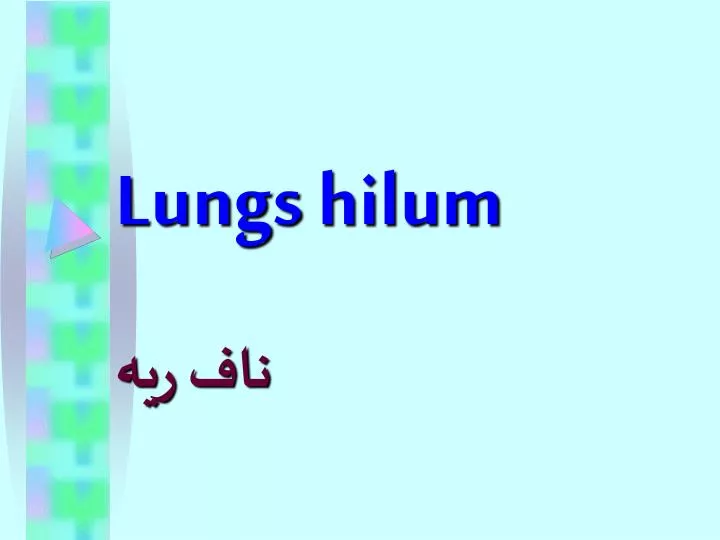

Each lung contains fissures that divide the lungs into three (right lung) or two (left lung) sections known as lobes. The hilum is a site of entry for the root of the lung that contains several structures associated with the lungs, including the major bronchi, blood vessels and nerves. Lung anatomy by Anatomy Nextīesides the apex and base, each lung has three borders, three surfaces and a hilum.

The base of the lung rests on the convex thoracic surface of the diaphragm. Each lung appears somewhat conical-shaped, with a rounded apex pointed upwards and a flat base directed downwards.
/iStock_000006469946_Large-56a5c5575f9b58b7d0de6a59.jpg)
Also, it provides lubrication between both layers of pleura.īoth lungs are separated from each other by the heart and other structures of the mediastinum, and they are surrounded by the thoracic cage. This space is filled with serous fluid that produces surface tension, so the lungs would expand when the thorax expands during inhalation. Between both layers is a space called the pleural cavity. The visceral pleura is fused with the surfaces of the lungs, while the parietal pleura covers the inner surface of the thoracic wall. It consists of two layers - visceral and parietal. The lungs are surrounded by a serous membrane called pleura. The main function of the lungs is to provide gas exchange between the atmosphere and blood by uptaking oxygen from the inhaled air and removing carbon dioxide from the blood. The lungs are the central organs of the respiratory system and, at the same time, the terminal part of the respiratory tract. They are expandable organs with a spongy structure that occupy most of the thoracic cavity and are situated on both sides of the mediastinum. There are two lungs in the human body - right and left. The lungs (plural in Latin: pulmones, singular: pulmo) are the main respiratory organs located in the thorax.


 0 kommentar(er)
0 kommentar(er)
